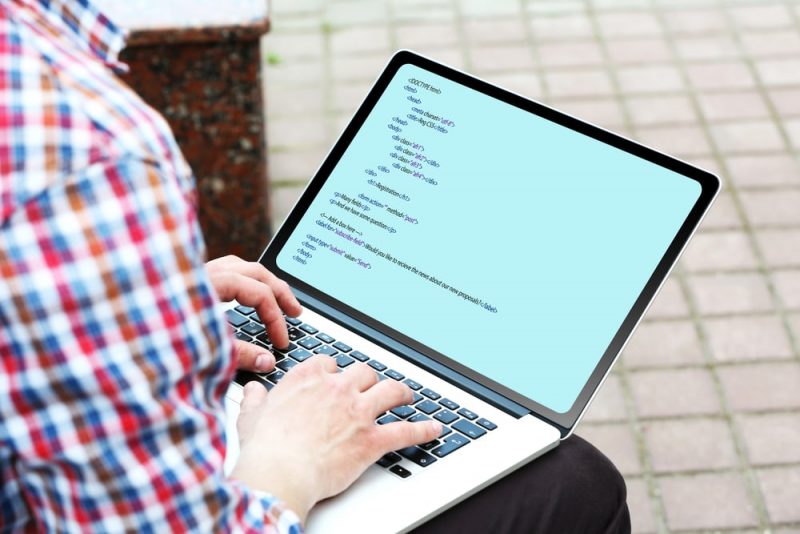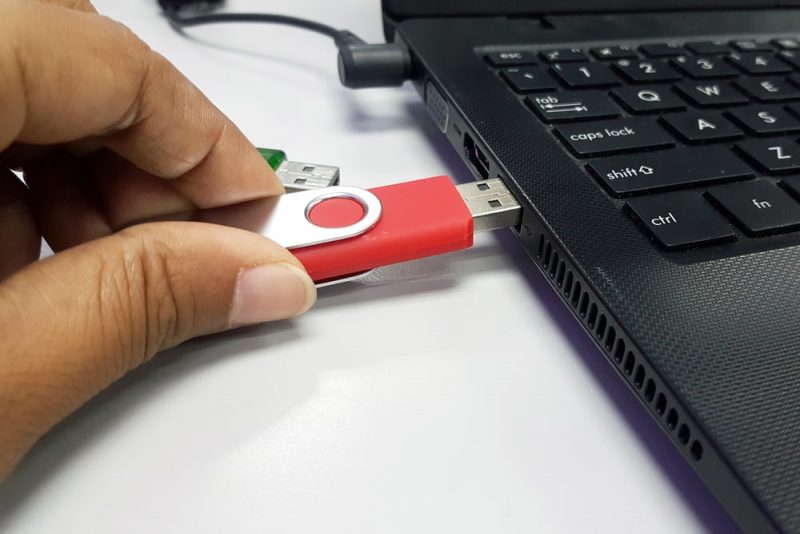It is called “peripheral” to any accessory or equipment that connects to the CPU of a computer, through which there is communication between the computer and the outside. For instance: keyboard, monitor, speaker, mouse.
There are four types of peripherals:
- Input peripherals. Those that allow information to be entered into the computer.
- Output peripherals. They are used to observe or reproduce the information contained in the computer.
- Mixed peripherals. They are those that can be used both to enter information into the computer and to carry that information to the outside.
- Storage peripherals. They are those devices that allow you to store data outside the computer but also share it with the computer when necessary.
All peripherals require that the computer has the appropriate software to be able to interpret the information sent by the input peripherals or to be able to send the information in a format that the output peripheral can interpret.
Examples of input peripherals

- Keyboard. Allows you to enter instructions on the computer. It fulfills from tasks as complex as scheduling to tasks as simple as turning on or off. The information you enter are symbols and numbers that are interpreted in a particular way by each of the programs.
- Mouse (mouse). Allows you to guide the pointer on the screen and select the actions that are available on the screen.
- Microphone. Allows you to input sounds into the computer. It also allows you to give orders to the computer through a voice recognition system.
- Scanner. Its function is to photograph flat images to enter them as information into the computer.
- Camera. Cameras allow you to take photos and store them directly on your computer. They also allow you to shoot videos. In combination with output peripherals and microphone, they allow for video conferencing.
- Optical pencil. Replaces the mouse being used to point out points on the screen.
- CD and DVD player. It allows the information saved on CDs or DVDs to be entered into the computer.
- Joystick. Its function is to facilitate the control of functions in certain programs, mainly audiovisual games that are run on the computer.
Examples of output peripherals

- Monitor. Its function is to show the actions that the user is executing on the computer (for example, when programming or writing a text or when modifying an audiovisual file). It also allows you to observe or reproduce the information without modifying it.
- Speaker. Listen to the stored sounds.
- Printing machine. Its function is to put the selected information on paper so that it can be observed outside the computer. They can be printed from programming codes and error messages to texts and photographs.
Examples of mixed peripherals

- Touch sensitive screen. Its function is similar to the mouse, since it allows you to simply select the functions available on the screen with your hands. However, because it is a screen, it also allows you to observe and reproduce information stored on the computer.
- Multifunction printers. Because it is a printer, it is an output peripheral, but because it is also a scanner, it is an input peripheral.
- Modem. Its function is to connect to the Internet, allowing both the entry and exit of information. Converts the digital signal to analog to be transmitted over the telephone line.
- Network adapter. Its function is to connect to the Internet, allowing both the entry and exit of information. It is used with a digital Internet service.
- Wireless Card. Its function is to obtain a wireless network through which information is sent and received.
Examples of storage peripherals

- External hard drive. Its function is to store large amounts of information on a mobile basis, since it allows that information to be physically transported to be consulted by any computer. The saved information can be modified.
- Pen drive. Its function is to save a certain amount of information in a practical way, since it takes up very little space. The saved information can be modified.
- CD and DVD. Disks of different capacities that allow information to be stored but not modified.
